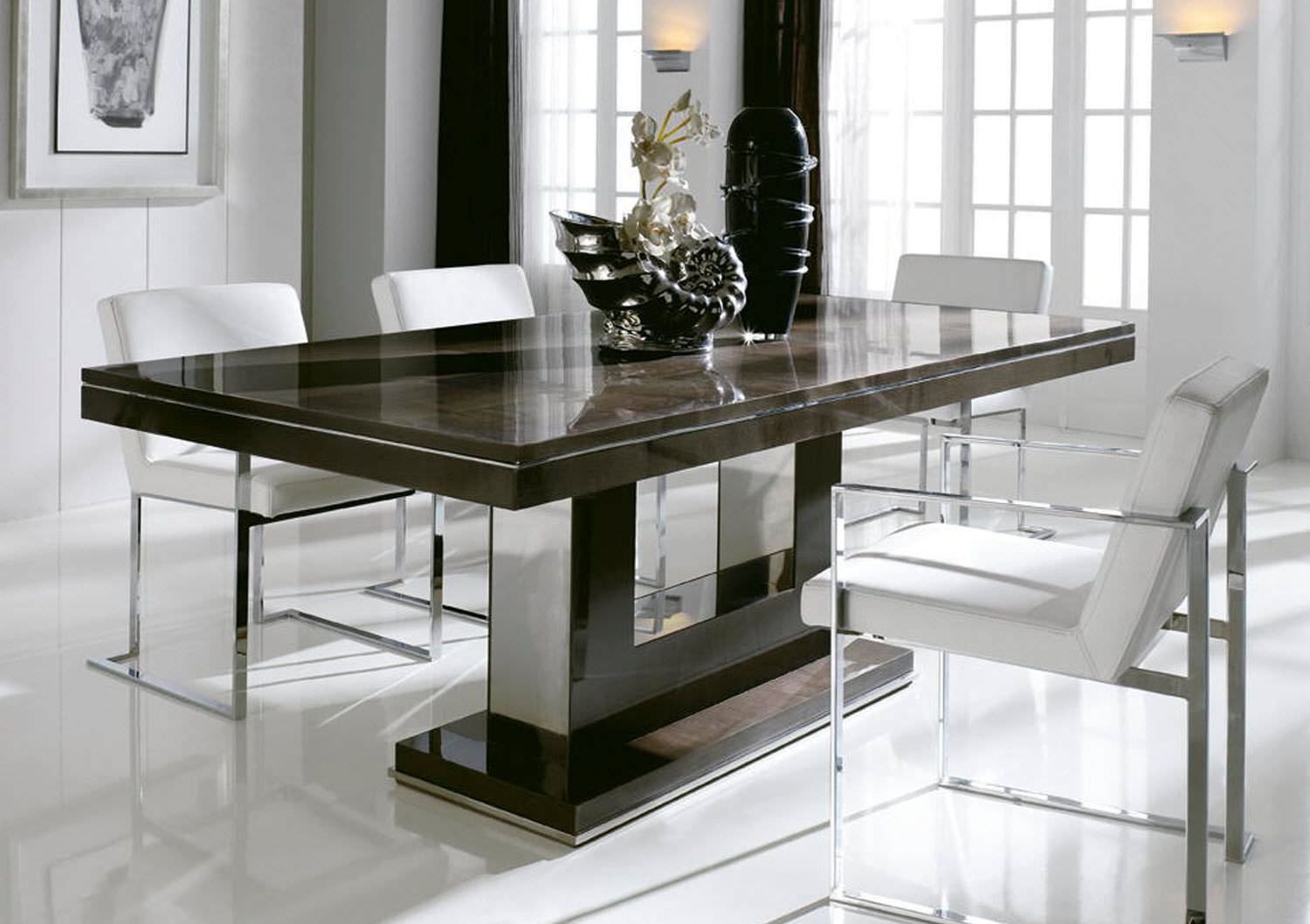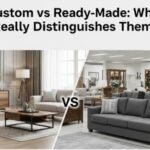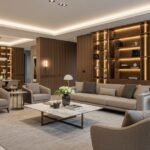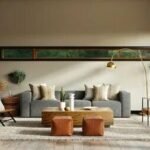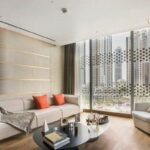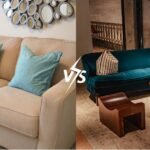How to Choose the Perfect Custom Furniture Style in Dubai
Dubai is a city where innovation, luxury, and design cohere. Customized furniture is not at all unexpected given its ever-changing skyline, posh residential areas, and culture that values personal expression. Homeowners, interior designers, and commercial property developers are more than ever seeking beyond mass-produced goods and toward customized furniture that captures their particular style, values, and space needs.
But choosing the ideal custom furniture style can be both exhilarating and daunting given so many choices. The decision-making process involves several elements, from choosing the appropriate materials and finishes to recognizing cultural influences and spatial dynamics. Here is a thorough primer to help you identify the style that best fits your project or house if you’re thinking about bespoke furniture in Dubai.
Before selecting a style, know your own space.
Understanding your area is the first and most important step in selecting the appropriate custom furniture style. Every room has its own measurements, illumination, utility, and flow, which should inform your decisions about furniture. Homes in Dubai vary from sleek high-rise apartments to large villas, and the furniture style must complement the architectural character of the area.
For instance, a high-ceiling contemporary penthouse might need clean lines, neutral tones, and minimalist items that let the view take central prominence. On the other hand, custom furniture featuring elaborate design and opulent materials might work well for a conventional Arabic-style villa with mosaic floors and carved doors. Always measure your space precisely, mark structural elements, and give thought to how people move about the space. This guarantees your furniture is not only beautiful but also functional and well-proportioned.
Think on the Purpose and Functionality.
Rarely is style helpful without functionality. Selecting a bespoke furniture style calls for thinking about the intended use of the item. A statement sofa for a formal majlis will be very different from a family-friendly sectional in a daily living room. Likewise, a dining table created to accommodate big dinner parties should have a design unlike one used for regular weekday dinners.
Often required in Dubai’s modern houses is multi-functionality. In some city flats, where space is a premium, products like storage ottomans, expandable dining tables, or fold-away desks are becoming quite popular. Consider how you live, or how your clients live, and make sure the furniture you create meets both aesthetic and practical requirements.
Line with your personal or brand aesthetic
Custom furniture is a chance for self-expression. Your furnishings should represent the ideas and ambiance you wish the area to transmit whether designing a luxury hotel suite, a commercial lobby, or a private residence. The range of interior designs in Dubai is broad, ranging from ultra modern minimalism and boho-chic to Arabian lavishness and industrial contemporary.
Begin by determining your aesthetic choices. Do you prefer polished metals and monochromatic palettes or organic textures and earth tones? Do you draw toward symmetry and structure or asymmetrical and free-form pieces? Observe inspiration from magazines, showrooms, and internet platforms, but don’t be afraid to combine styles, eclectic interiors merging contemporary and traditional elements are especially popular in Dubai’s luxury homes.
Pick Materials Appropriate for Lifestyle and Climate
Dubai’s particular weather and way of living demand furniture materials able to resist time as well as environment. The optimumCollaborate with a talented furniture designer or studio.
Choosing the correct individuals to collaborate with also involves selecting the appropriate custom furniture design. Dubai has plenty of talent, from bespoke workshops and independent designers to upscale furniture showrooms. Finding someone who knows how to turn your concepts into practical goods suited for your space is key. This individual should also have design knowledge.
Find a studio or craftsperson with a respectable portfolio and favorable customer comments. A trustworthy designer will take the time to grasp your idea, make suggestions, provide material samples, and share reasonable schedules. They should have a grasp of regional preferences, be informed on regional design standards, and be able to obtain fine materials. Better outcomes come from a cooperative and open process, often, a more enjoyable experience.
Welcome the cultural and worldwide influences of Dubai.
Drawing inspiration from East and West equally, Dubai is a worldwide center. Its interior design trends mirror this multiculturalism as does the growing demand for furniture kinds fusing heritage with modernity. Many customers in the area are now attempting to integrate Arabic design components like mashrabiya screens, Islamic geometric designs, or carved motifs in new and modern ways.
At the same time, Dubai’s exposure to global design has generated interest in Japanese minimalism, Italian modernism, and mid-century American aesthetics. You can customize pieces that combine your cultural heritage, travel influences, and own preferences into one coherent design language, the beauty of custom furniture is in your capacity to do so.
Set a realistic budget without sacrificing value.
Custom furniture may be an expensive investment, but it doesn’t have to be impossibly expensive. The cost will vary with the complexity of the design, the materials used, and the workmanship. In establishing a budget, one should prioritize long-term value above near-term savings. A well-made bespoke piece can enhance the attractiveness and worth of your house as well as last much longer than its mass-produced counterpart.
Start by figuring which pieces are worthy of more investment, often large, core items like beds, dining tables, and sofas. Then, collaborate with your designer to come up with clever approaches to manage costs, including using high-end materials only on visible surfaces or choosing regionally available substitutes for imported ones. Customization allows you the freedom to decide where your money travels, hence guaranteeing you receive quality and value free from needless compromise.
Before you make a commitment, test, envision, and review.
If at all possible, always go over thorough drawings, samples, and 3D renderings before approving your bespoke furniture order. This first step is critical to matching your expectations with those of the furniture maker. Many companies provide digital visualizing services in Dubai’s vibrant design scene to assist you in seeing your item in your actual environment, hence simplifying verification of measurements, hues, and finishes.
If it’s a big purchase, request prototypes or test parts; otherwise, view material samples in natural light and physically feel the textures. A rigorous review process guarantees that the finished product satisfies both aesthetic and practical needs, so reducing the need for expensive modifications or adjustments subsequently.
Selecting the ideal custom furniture style in Dubai entails more than just selecting what looks nice; it’s about designing furniture that matches your surroundings, fits your lifestyle, conveys your identity, and meets your quality standards. Custom furniture lets you go beyond trends and create interiors entirely your own in a city noted for its design ambition and cultural variety.
Custom furniture becomes a personal expression and a lasting feature of your house or workplace when combined with careful preparation, cooperation, and meticulous attention to detail, it goes far beyond simply decor. Whether you are decorating a premium mansion in Jumeirah, a contemporary apartment in Downtown Dubai, or a modest retail store in DIFC, let your furniture be as distinctive as the narrative it is helping you tell.
materials for your bespoke items are affected by high coastal humidity, intense sunshine from floor-to-ceiling windows, and the wear and tear of regular hosting.
Final Talk
For upholstered goods, selecting fade-resistant, breathable, and simple-to-maintain materials is essential. Treated leathers, performance fabrics, and linen are fantastic options. For wood furniture, choosing solid hardwoods like walnut, oak, or teak is wise since they provide strength and warping resistance. Under Dubai’s hot environment, metallic finishes like brass and brushed nickel provide a sense of opulence and endure well.
Additionally important are lifestyle decisions. Homes with tiny children or pets may gain from stain-resistant textiles and rounded furniture corners; clients who entertain frequently could like statement pieces with strong aesthetic appeal and sturdy finishes.
